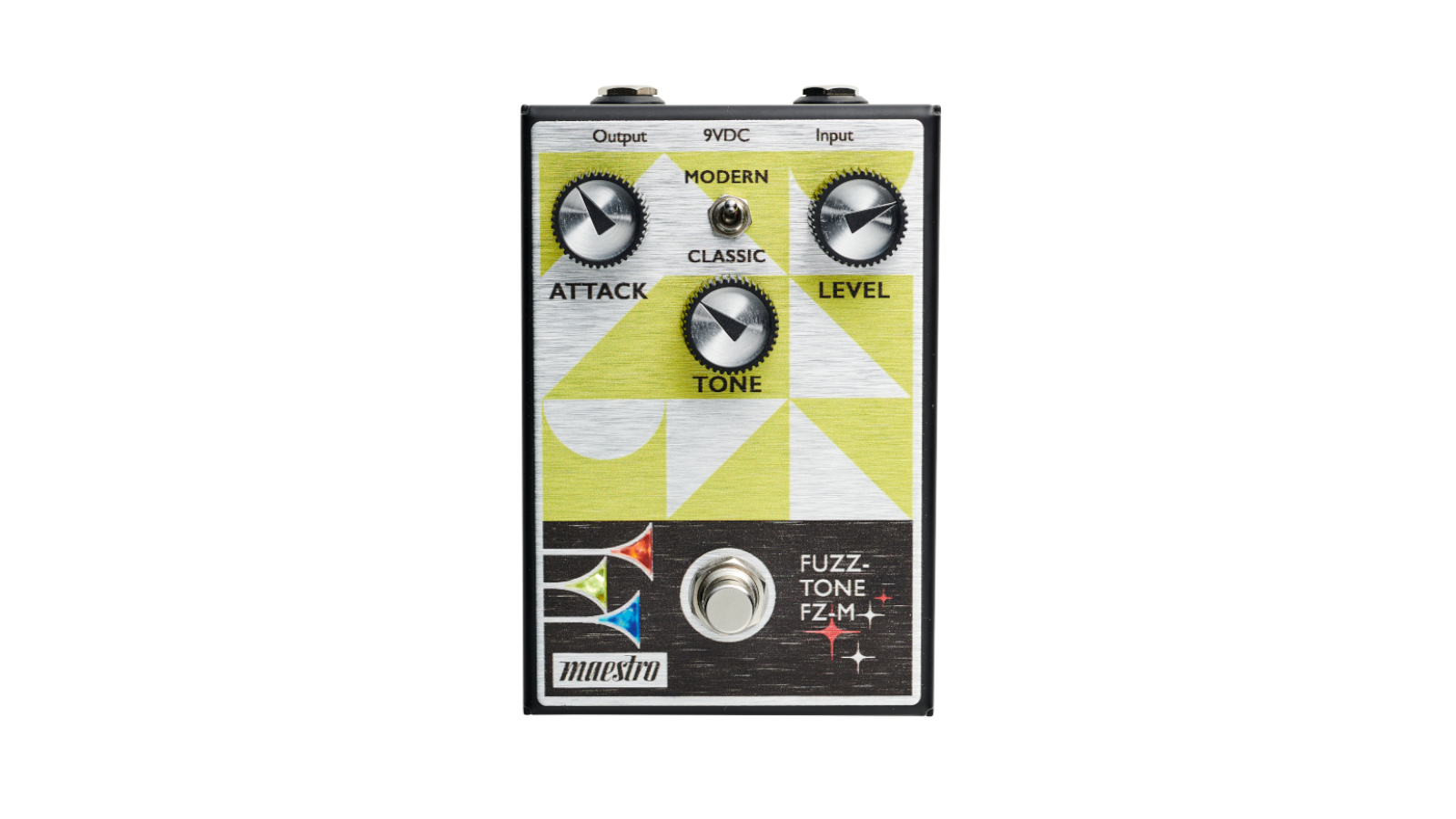GuitarPlayer Verdict
A good all-around fuzz that can deliver circa-’60s tones as well as heavy rock grind.
Pros
- +
Delivers vintage-style Maestro tone plus modern fuzz
Cons
- -
None
You can trust Guitar Player.
Gibson launched the Maestro brand in 1962 and set the stage for stomp-box effects with its introduction of the FZ-1 Fuzz Tone, a two-knob box that etched its place in history thanks to Keith Richards’ use of it in 1965 on “(I Can’t Get No) Satisfaction,” the Rolling Stones’ first number one hit.
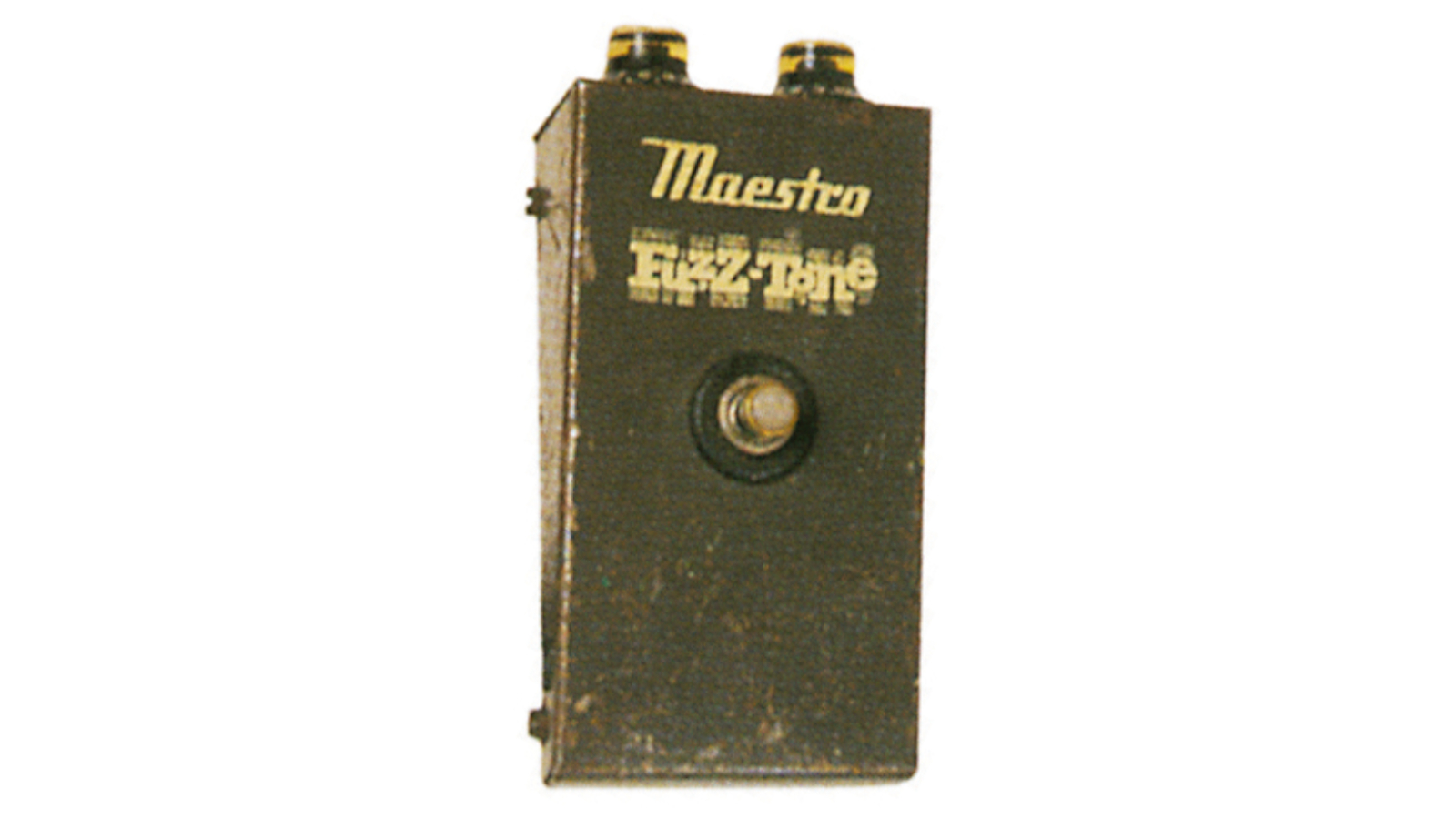
Maestro went on to produce numerous products – including amplifiers – throughout the ’60s and ’70s before fading away in 1979.
Now Gibson has revived the brand with a series of pedalboard-friendly stompboxes for 2022: the FZ-M Fuzz-Tone, Invader Distortion, Ranger Overdrive, Comet Chorus and Discoverer Delay.
While only the FZ-M is actually based on anything Maestro originally did, these colorful pedals exude vintage-style graphics, including a “three bugles” bypass indicator that lights up in red, yellow and blue.
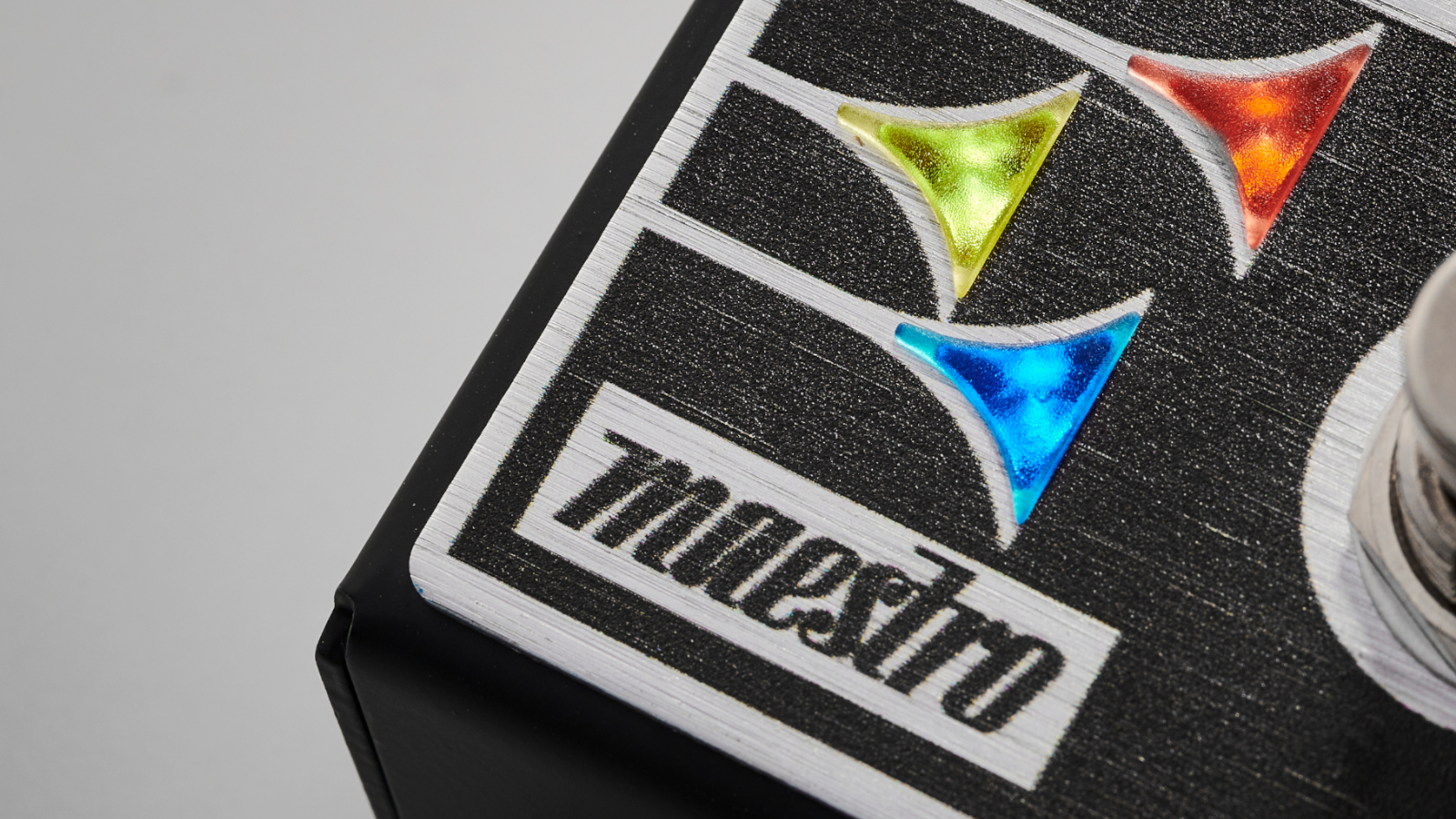
All have three knobs, a two-position mode switch that performs different functions depending on the effect, true-bypass switching and a mechanical on/off foot switch.
They feature analog circuitry, which is laid out on glass-epoxy boards, and the housings open up clamshell-style to make it easy to change the battery (a 2.1mm jack for an external adapter is also provided).
We tested the Maestros using a new Reverend Reeves Gabrels Dirtbike Royale with MojoTone hum-canceling P-90s, a Hamer Newport with Duncan Phat Cat pickups and an early Gibson Johnny A. electric guitar.
Everything was run through either a Fender Deluxe Reverb reissue tube amp with Alessandro hand-wired circuitry or a Victoria Double Deluxe 2x12 combo with Celestial Heritage speakers.
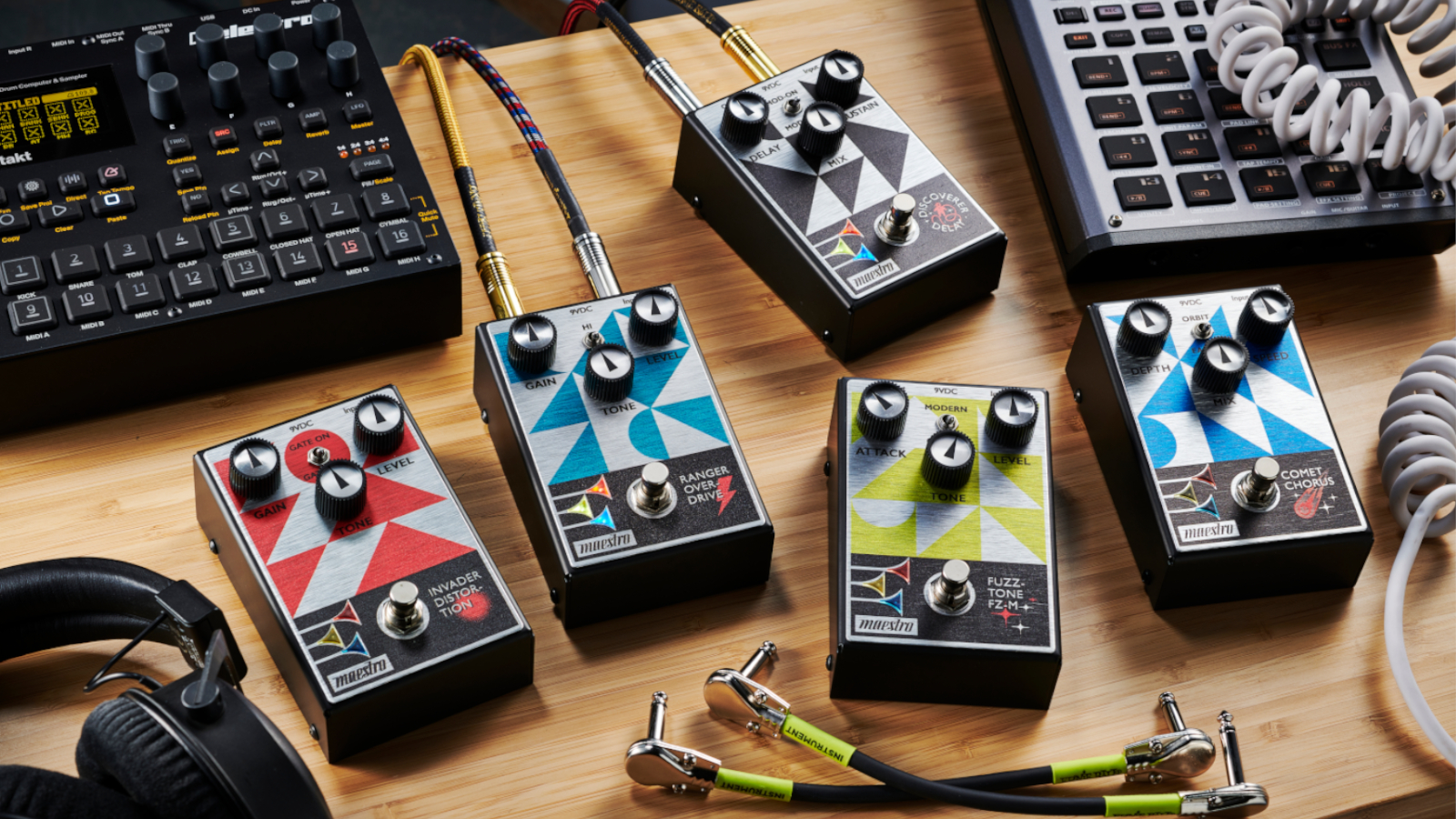
Envision for a moment how the original Fuzz-Tone could have evolved if Maestro had lasted beyond the late ’70s, and the FZ-M comes pretty close to showing what might have been.
The steel enclosure has the familiar wedge shape of the original, although it’s a little larger and sports the colorful triangles-and-half-moon graphics (lime green in this case, and applied to a brushed-aluminum top) that distinguished Maestro products from the late ’60s onward.
This pedal has attack, level and tone knobs along with a two-position mini-toggle mode switch for selecting Classic and Modern sounds.
It’s the only one in the series that is based on anything Maestro had previously done
Craig Hockenberry
This is an important feature, explains Craig Hockenberry, Gibson’s director of engineering and lead designer of the revamped Maestro line.
“The sound is based on the FZ-1A in Classic mode,” he tells us. "And it uses discrete transistors, but it’s actually more like a silicon version of the Maestro Fuzz-Tone, called the FZ-S.
"So it has certain aspects taken from that pedal, and it’s the only one in the series that is based on anything Maestro had previously done.”
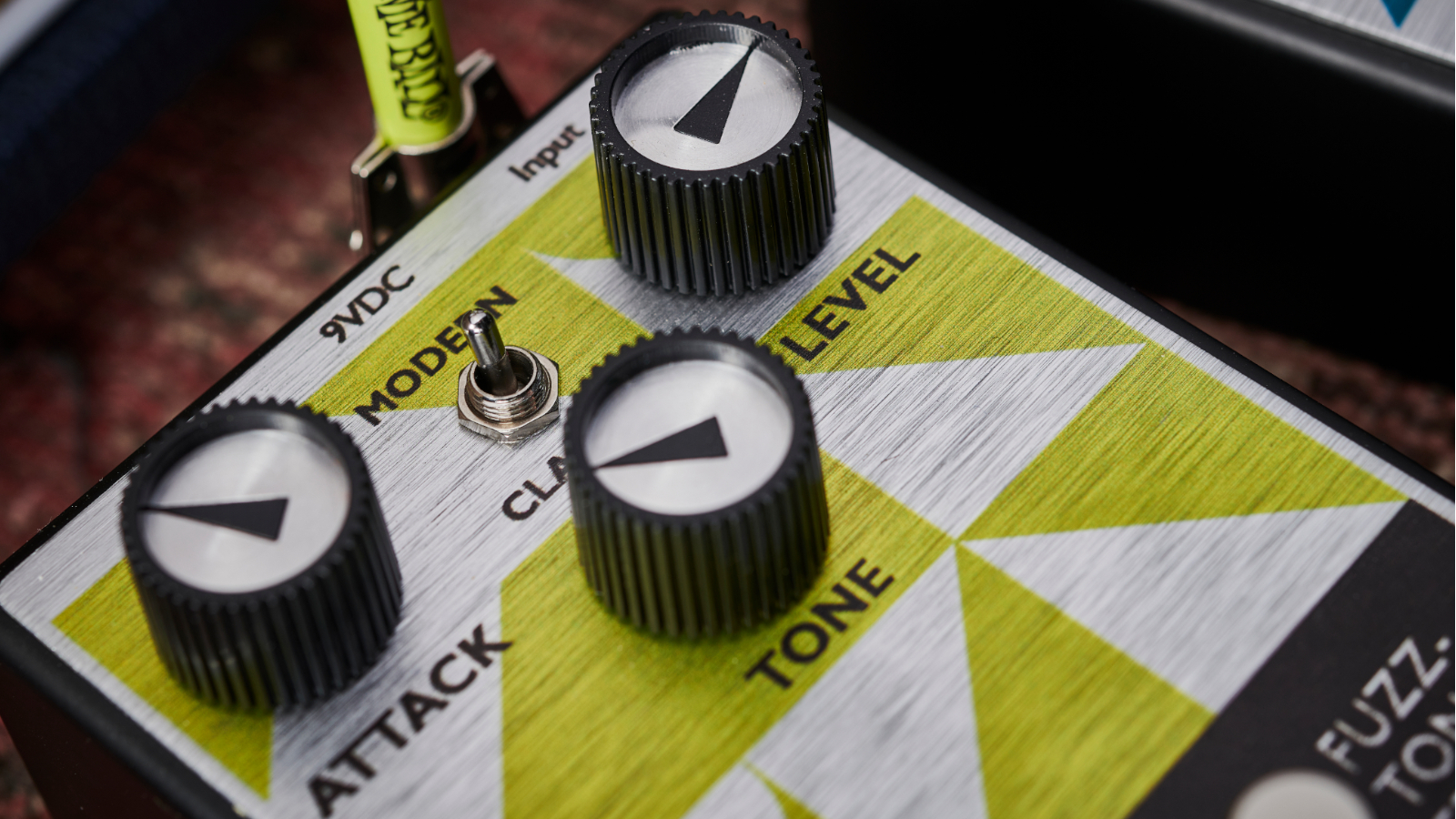
In Classic mode, the FZ-M sounds like an early Fuzz-Tone, with its slightly scooped response and frazzy fuzz sound.
The attack knob unleashes a goodly amount of sustain as it’s turned up to where the playing feel is starting to get a little compressed, and by tweaking the tone control you can get everything from buzzy, ’60s-style tone to softer flavors of grind that can sound almost sax-like with some judicious twiddling of the controls.
The pedal’s character changes when switched to Modern mode
The pedal’s character changes when switched to Modern mode, which yields a midrange-forward tone that’s both tighter on the bottom and smoother on top.
This pedal also has a lot of output, so you can easily coax an amp into ballsy-sounding overdrive simply by keeping the attack on the low side and cranking the level control.
A good all-around fuzz that can deliver circa-’60s tones as well as heavy rock grind, the FZ-M captures enough throwback vibe to make it fun while delivering tones that modern players will also dig.
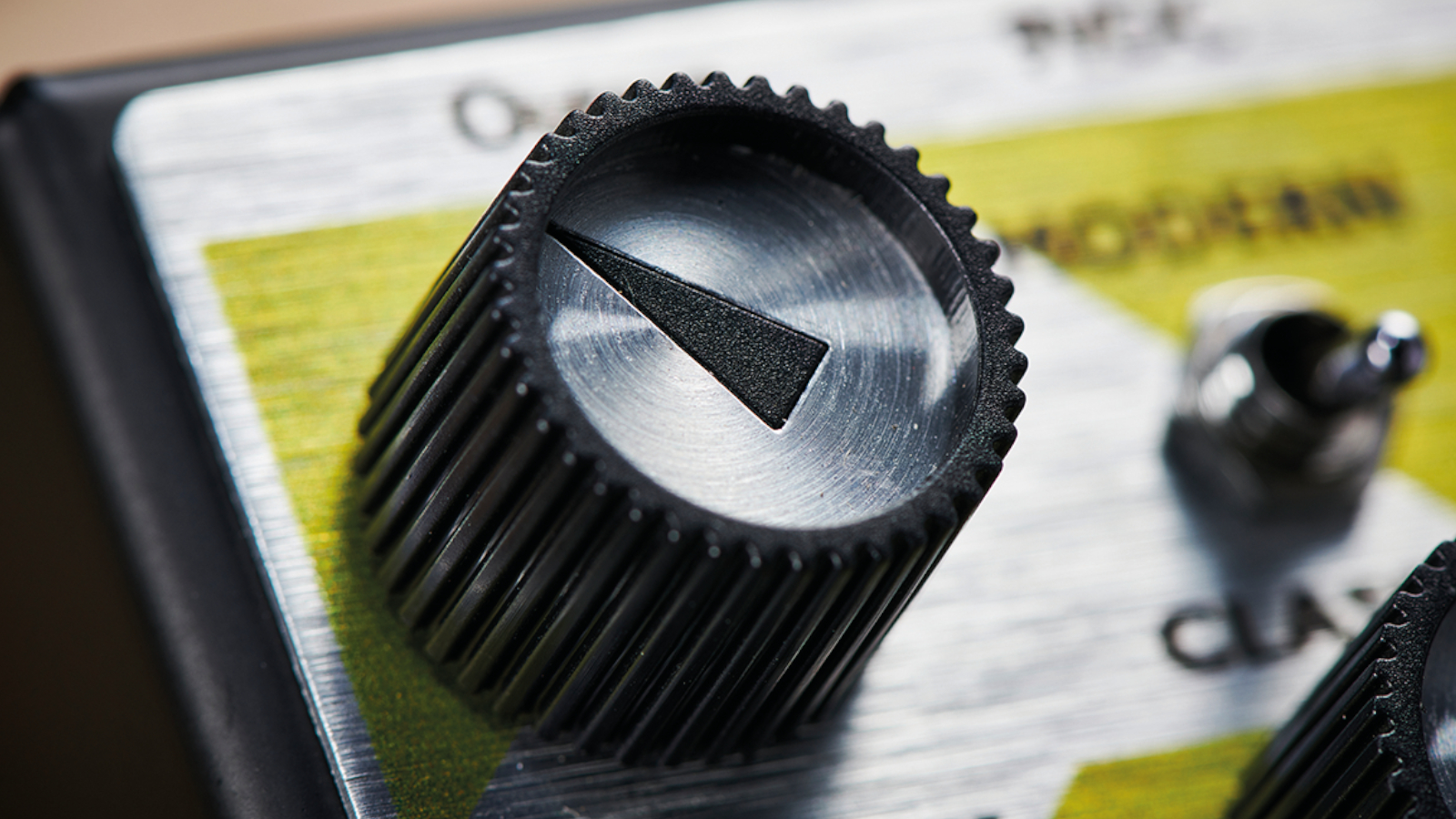
Specifications:
- CONTROLS: Attack, level, tone. Classic/Modern switch
- SIZE: 4.75” x 3.25”
- I/O: Front-mounted input, output and power-supply jacks
- EXTRAS: Unique “three bugles” bypass LED. Can operate on 9V battery
Visit Maestro for more information.

Art Thompson is Senior Editor of Guitar Player magazine. He has authored stories with numerous guitar greats including B.B. King, Prince and Scotty Moore and interviewed gear innovators such as Paul Reed Smith, Randall Smith and Gary Kramer. He also wrote the first book on vintage effects pedals, Stompbox. Art's busy performance schedule with three stylistically diverse groups provides ample opportunity to test-drive new guitars, amps and effects, many of which are featured in the pages of GP.
"The only thing missing is the noise from the tape loop." We review the Strymon EC-1 Single Head dTape Echo, a convincing take on a very special vintage tube Echoplex
"BigSky MX will be replacing the BigSky as my go-to reverb pedal. I’ve heard nothing that covers all the bases with such pristine and detailed audio quality." We crowned the Strymon BigSky MX the champ of multi-reverb pedals
